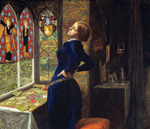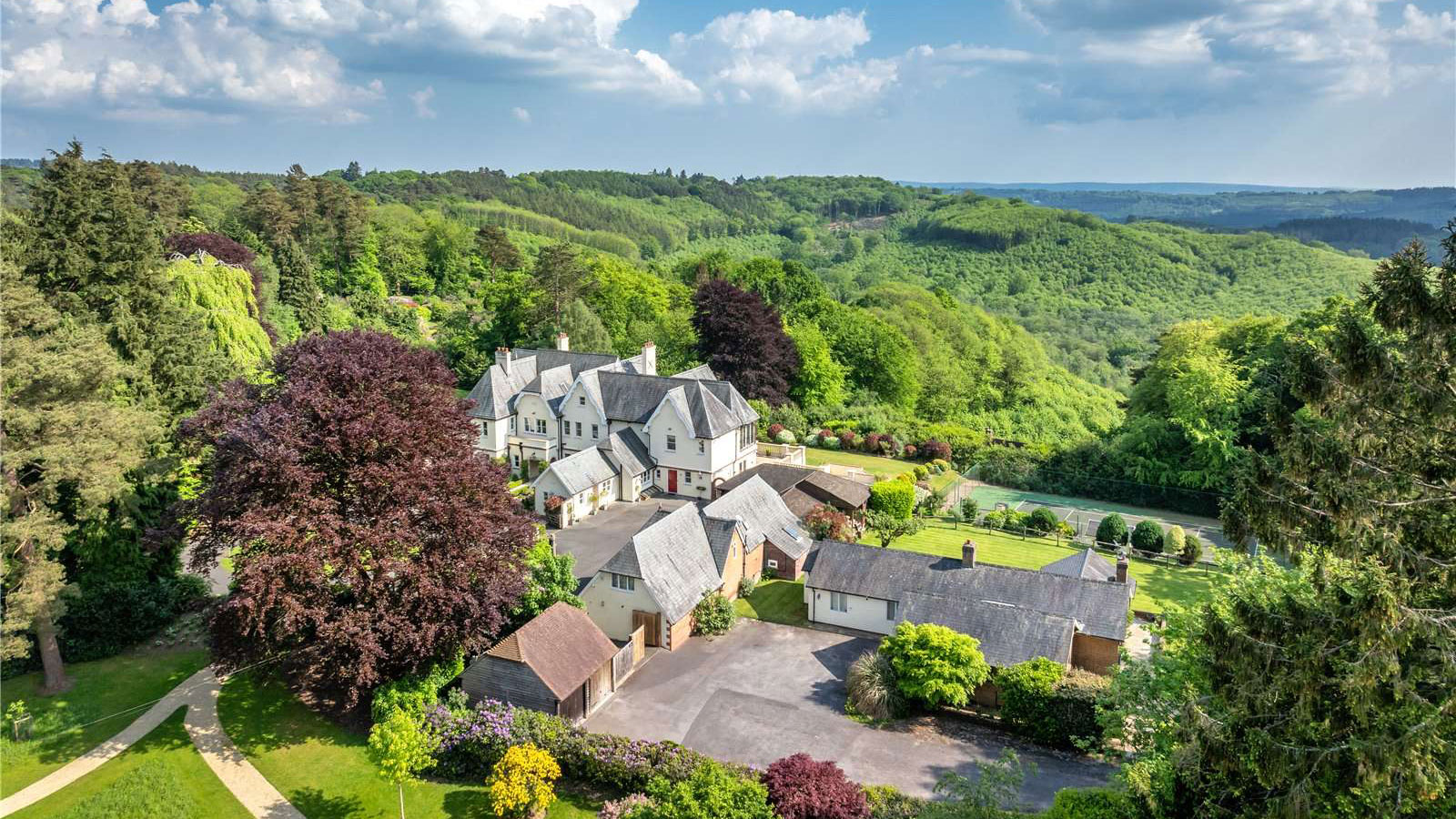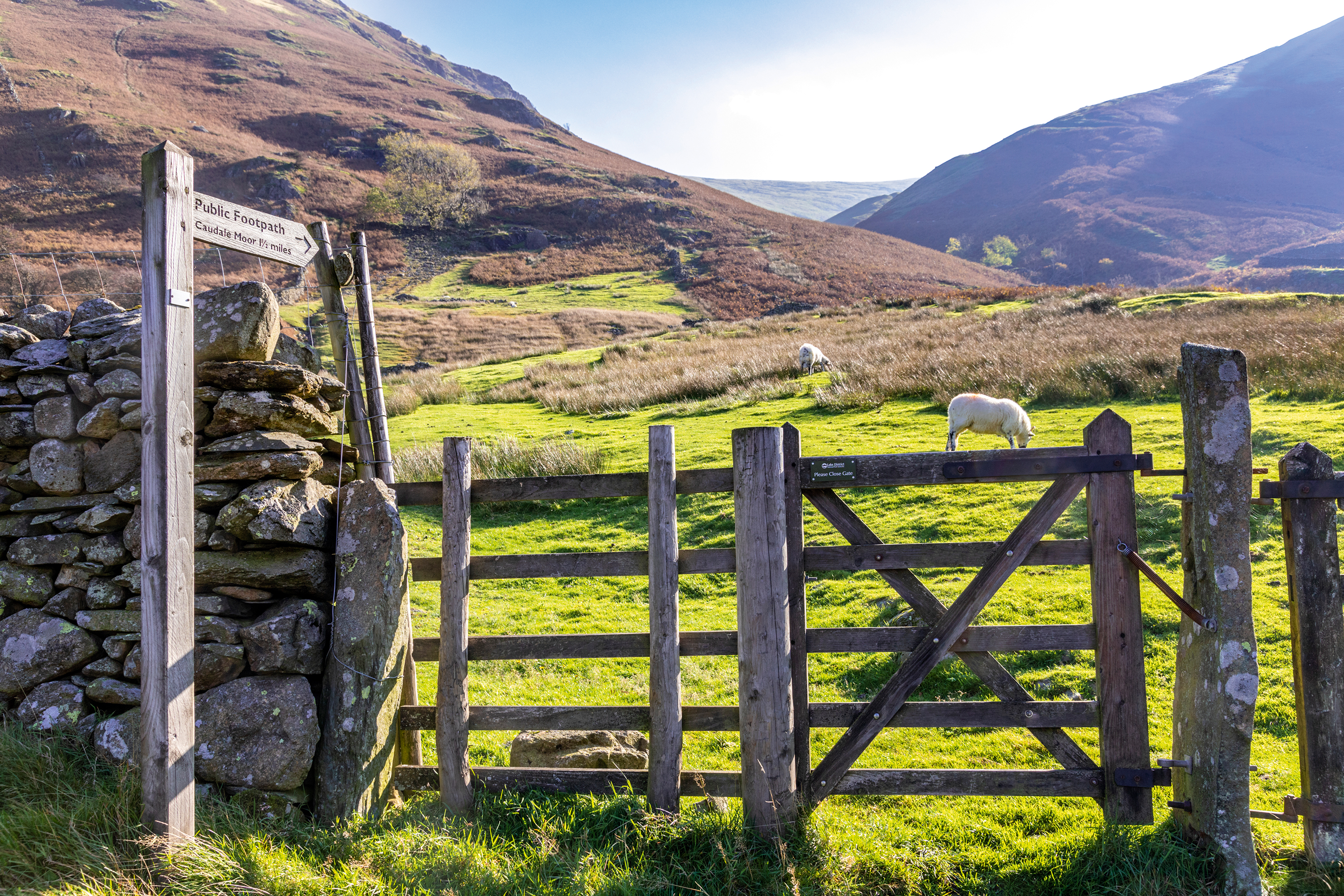Tate exhibition: Millais
With a new exhibition of John Everett Millais at Tate Britain, Roger Bowdler argues that he was a deeper and more complex artist than he has been given credit for


Tate's big autumn exhibition is devoted to Victorian England's most popular artist: John Everett Millais (1829?1896). It is his statue which stands outside the gallery, and his masterpiece, Ophelia, which tops the postcard popularity stakes. As a member of the Pre-Raphaelite Brotherhood (PRB), his place in history is forever secure, but this major show reminds us just what a great and varied artist he was throughout his career.
In 1849, the letters PRB started to appear on works by a group of young painters at the RA. The clandestine alliance annoyed the Establishment at the time, but Millais went on to be made a baronet, and ultimately became president of the RA. Isabella, Mariana, and The Carpenter's Shop demonstrated his early brilliance, and soon he was taken up by Ruskin, who was searching for the next great British artist to follow Turner. Millais' moody works of the 1850s, such as The Blind Girl, The Vale of Rest and Autumn Leaves, confirmed the early promise, but his marriage to Ruskin's former wife, Effie, brought that particular endorsement to a close.
A tight naturalism, encouraged by Holman Hunt, gave way from 1860 to a painterly approach. His intense powers of observation never deserted him, nor did his technical skill at manipulating pigment on canvas to create masterly surface effects. Millais' eye for beauty led to mature works such as Leisure Hours, which anticipated the Aesthetic Movement, and his eye for a story and a lifelong taste for the melancholy lay behind The Princes in the Tower of 1878. The spiky, Teutonic drawings from his youth are some of the most enjoyable images here, but his later book illustrations (some for his close friend Trollope) show what a fine draughtsman he was. Likenesses of Gladstone and Disraeli have seldom been surpassed, and female tableaux such as Hearts are Trumps show his range and ease in the grand tradition of British portraiture.
Some claimed that he abandoned his principles for the sake of public success, and the inclusion of Bubbles and Cherry Ripe here reminds us of his tender, even sentimental, side. The 'fancy picture' generally a subject painting with a young child to the fore remains a perplexing genre for a sceptical 21st-century audience, but their capture of fleeting beauty is consistent with his best work. On examination, Millais proves to be a much deeper artist than his detractors have given him credit for. The political portraits alone dispel the charge of levity with ease. The Boyhood of Raleigh of 1870 remains a moving image of child wonderment and imperial ponderings; The North-West Passage of 1874 chronicles the human cost of exploration, and that classically Victorian contrast between domestic grace and manly endeavour. Millais was a thoughtful, sensitive storyteller from first to last.
Born in Southampton into a Jersey family, Millais could hardly have been more of a southerner. Yet it was the Highlands that captivated him as both sportsman and artist, and which inspired the final stage in his career. He was increasingly drawn to Perth-shire, spending half the year painting, shooting and fishing. Extravagant house building prevented him buying his own hunting lodge and longed-for stretch of river, but he regularly returned to the orbit of his wife's family, and immersed himself in country pursuits.
In tweeds and deerstalker with a pipe constantly clamped to his teeth, Millais counteracted the wearying London round of portrait sessions and society events with escape to the hills and moors. Countryside and the elements are the principal subjects in his later landscapes; humans play a supporting role. In mood, they have something of the remote intensity of Caspar David Friedrich's Romantic landscapes, but the daring paintwork of Dew-Drenched Furse (1890) points to Turner, and gives Monet a run for his money. Perhaps Ruskin's hopes were reached after all.
As Jason Rosenfeld writes in the superb catalogue, it is time for a more generous assessment of Millais than has been his lot hitherto. Vincent Van Gogh was a great admirer; Salvador Dali, no less, celebrated the enduring allure of Ophelia. Until quite recently, Millais was regarded as the Pre-Raphaelite who sold out. This exhibition shows, in glorious style, just how inadequate this assessment is.
Sign up for the Country Life Newsletter
Exquisite houses, the beauty of Nature, and how to get the most from your life, straight to your inbox.
'Millais' is at Tate Britain until January 13 (020?7887 8888; www.tate.org.uk)
Country Life is unlike any other magazine: the only glossy weekly on the newsstand and the only magazine that has been guest-edited by HRH The King not once, but twice. It is a celebration of modern rural life and all its diverse joys and pleasures — that was first published in Queen Victoria's Diamond Jubilee year. Our eclectic mixture of witty and informative content — from the most up-to-date property news and commentary and a coveted glimpse inside some of the UK's best houses and gardens, to gardening, the arts and interior design, written by experts in their field — still cannot be found in print or online, anywhere else.
-
 Six rural properties with space, charm and endless views, as seen in Country Life
Six rural properties with space, charm and endless views, as seen in Country LifeWe take a look at some of the best houses to come to the market via Country Life in the past week.
By Toby Keel
-
 Exploring the countryside is essential for our wellbeing, but Right to Roam is going backwards
Exploring the countryside is essential for our wellbeing, but Right to Roam is going backwardsCampaigners in England often point to Scotland as an example of how brilliantly Right to Roam works, but it's not all it's cracked up to be, says Patrick Galbraith.
By Patrick Galbraith